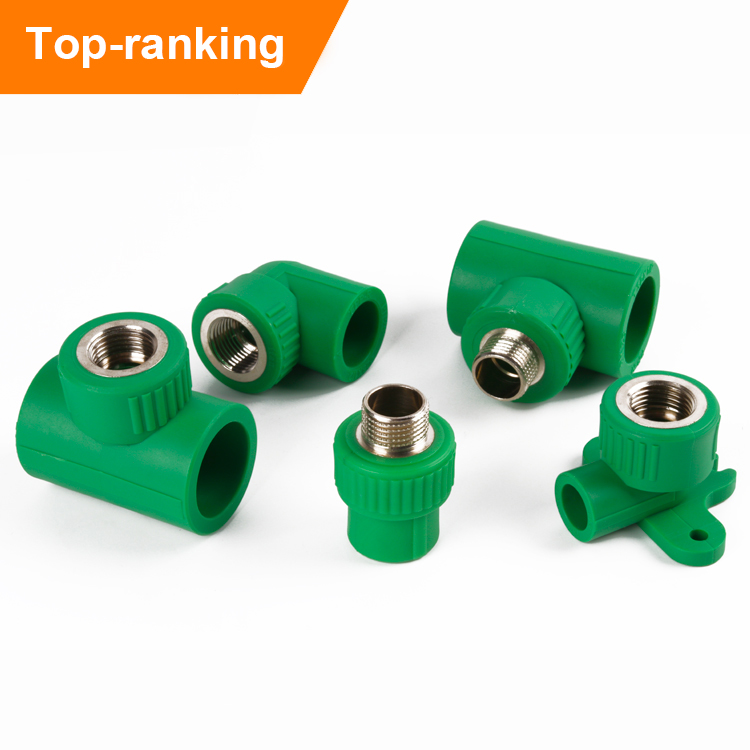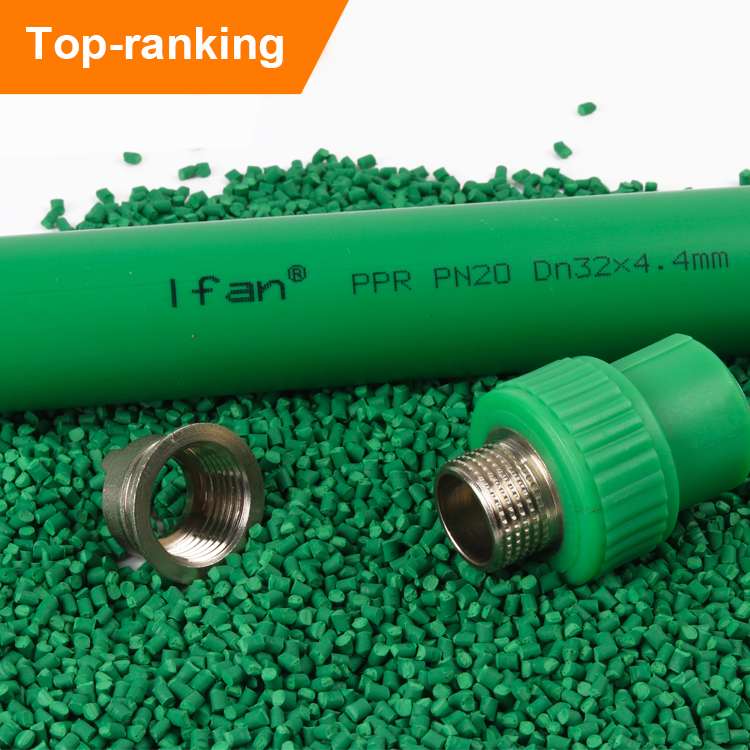Understanding the Pressure Ratings of PPR Fittings
Introduction
Pressure ratings are important considerations when selecting PPR (polypropylene random copolymer) fittings for plumbing systems. PPR fittings are designed to withstand specific pressure levels to ensure the safety and functionality of the overall system. In this article, we will explore the significance of understanding the pressure ratings of PPR fittings and how they influence the selection and performance of these fittings. Let’s delve into the details of why pressure ratings matter when it comes to PPR fittings.
1. Pressure Rating Basics
Pressure rating refers to the maximum allowable pressure that a PPR fitting can withstand without experiencing deformation, leakage, or failure. The pressure rating is typically provided by manufacturers and is expressed in units of pressure, such as bar or pounds per square inch (psi). Understanding the pressure rating of PPR fittings is essential to ensure that the fittings can handle the specific pressure demands of the plumbing system.
2. System Compatibility
Pressure ratings help determine the compatibility of PPR fittings with the plumbing system. Different plumbing systems may require varying pressure levels based on their intended applications. By understanding the pressure ratings of PPR fittings, users can select fittings that match the required pressure range of their specific plumbing system. Using fittings with lower pressure ratings than necessary can lead to potential failures, while using fittings with higher pressure ratings can be unnecessary and costly.

3. Safety Considerations
Safety is paramount when it comes to plumbing systems, and pressure ratings play a vital role in ensuring the safety of PPR fittings. Using fittings with pressure ratings lower than the system’s requirements can lead to overpressurization, potentially causing leaks, bursts, or other failures. On the other hand, using fittings with excessively high pressure ratings can result in underutilization of the fittings, leading to wasted resources. Understanding and adhering to the pressure ratings of PPR fittings is crucial to maintaining a safe and reliable plumbing system.
4. Performance and Durability
The pressure ratings of PPR fittings directly impact their performance and durability. Fittings with appropriate pressure ratings are designed to handle the specific pressures encountered within the plumbing system effectively. Adequate pressure ratings ensure that the fittings can withstand the internal forces exerted by the fluid, preventing deformations, leaks, or failures. By using PPR fittings with the correct pressure ratings, users can ensure optimal performance and long-lasting durability of the plumbing system.
5. Temperature Considerations
Pressure ratings of PPR fittings can also be influenced by temperature variations in the plumbing system. Higher temperatures can increase the pressure within the system, requiring fittings with higher pressure ratings to accommodate the additional stress. It is important to consider the temperature ranges and variations in the plumbing system when selecting PPR fittings with suitable pressure ratings. Taking into account temperature considerations ensures that the fittings can withstand the combined effects of pressure and temperature fluctuations.
6. Manufacturer Guidelines
Manufacturers provide guidelines and specifications for the pressure ratings of PPR fittings. It is crucial to consult these guidelines and adhere to the recommended pressure ratings when selecting and installing PPR fittings. Manufacturers’ guidelines provide valuable information and ensure that fittings are used within their intended design limits. Following manufacturer recommendations for pressure ratings guarantees the reliability, performance, and longevity of the PPR fittings in the plumbing system.
Conclusion
Understanding the pressure ratings of PPR fittings is essential for selecting fittings that match the specific requirements of the plumbing system. Pressure ratings ensure system compatibility, safety, and optimal performance of the fittings. By considering pressure ratings, users can ensure the durability and reliability of the plumbing system, avoiding potential failures or underutilization of fittings. Adhering to manufacturer guidelines for pressure ratings ensures that PPR fittings are used within their design limits, providing peace of mind and confidence in the performance of the overall system.






